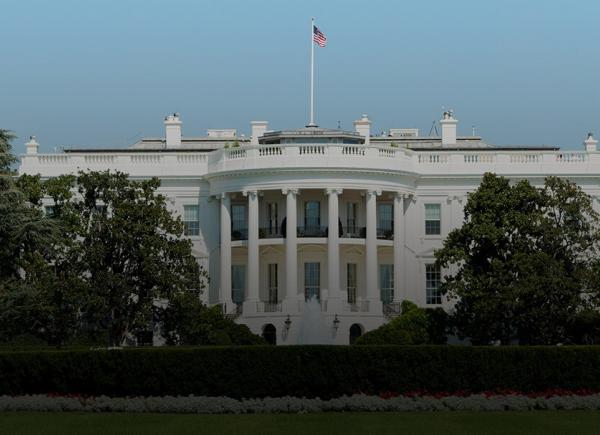Defining ACH Payments
Have you ever wondered how your paycheck automatically shows up in your bank account come payroll? Or what happens when you send friends money from your account to theirs on your banking app? That’s transferring money via the ACH network, the system that facilitates direct electronic payments between banks.
The National Automated Clearing House Association (Nacha) is the governing body that oversees the ACH network, and in 2019, ACH reportedly moved 24.7 billion electronic payments, making the ACH network one of the largest, safest, and most reliable payment systems in the world.
But what does ACH mean?
The “A” is for automated. Processing of payments on the ACH network are automatic, and do not require manual processes for banks to settle transactions. The “CH” is for clearing house. Clearing houses oversee the transfer of money on the network, and ensure efficient and secure processing of payments.
ACH transactions run through a batch processing system that stores and sends out payments appropriately at various scheduled times throughout the day, but as Nacha implements new guidelines for payments, many ACH transactions are enabled to close the same-day.
The demand for real-time ACH payments, or transactions settled within a matter of minutes, is on the rise, and will make moving money for businesses, financial institutions, government bodies, and individuals even more convenient.
Defining the Originating Depository Financial Institution (ODFI)
In every ACH transaction, money is transferred between the banks of two parties: an originating account, and a receiving account.
Whoever initiates a payment is called the Originator, and their bank is called the Originating Depository Financial Institution (ODFI).
Defining the Receiving Depository Financial Institution (RDFI)
The bank of the account where funds are being requested or received from is the receiving depository financial institution (RDFI). Whether or not the RDFI is receiving or removing funds from their account depends on the type of ACH payment, ACH debit or ACH credit.
ACH debits are requests to pull money from one account to another to make a payment, and ACH credits are direct deposits from one account to another.
How Do ACH Transactions Work?
To better understand how ACH transactions work, let’s walk through an example of an ACH transaction between one bank to another.
- The ODFI begins a transaction.
The bank account number and routing number of the RDFI are needed for the ODFI to start a transaction.
- ACH files contain critical information.
ACH files meet strict regulations in format and the information they hold, including account and routing numbers, and the amount of money being transferred. They are held in batches to be sent out at regularly scheduled times in a day.
- The ODFI applies debit.
The ODFI applies money as debit to the RDFI’s account. The actual funds are transferred when the ODFI is done collecting ACH files for a particular batch, and sent to the Federal Reserve or The Clearing House for processing.
- Payments are processed.
The Fed or The Clearing House organize ACH files so the money moves to their intended banks and accounts.
- Money reaches the RDFI.
ACH files arrive at the RDFI. The money is credited to the appropriate accounts, and the transaction is effectively settled.
Benefits of the ACH Network
The popularity of making payments on the ACH network versus other payment systems like credit transactions, wire transfers, or paper checks is found in the savings, security, and reliability the network provides.
ACH Transaction Fees Are Lower
Most ACH transactions are free, but whether or not fees may apply depends on the bank. Some banks may charge you a minimal fee no more than a few dollars per transaction, but compared to the upwards of $30 fee for a typical electronic wire transfer and some credit card fees, the savings quickly add up.
This makes ACH transfers economically valuable to merchants making frequent payments to various vendors’ financial institutions.
ACH Is More Secure Than Credit Card Transactions
ACH payments undergo a two-step transaction process in comparison to credit card payments. Where anyone with a credit card number may be able to sign up for payment, ACH payments require both your account information and permission to move funds directly from your account, therefore adding another step to verifying if credit card holders are who they say they are and adding an additional step to protect consumers.
Bank Transfers Via ACH Are Less Likely to Fail
Since ACH transactions are directly linked to your account, there’s a smaller chance fund transfers will fail. While credit cards may fail or expire, ACH transfers are more often than not successful unless incorrect bank or account information is provided, or there aren’t enough funds in an account to complete a transfer.
Who Is Involved in ACH?
There are a number of different institutions in the ACH network who play important roles maintaining its efficiency and effectiveness, as well as its evolution toward real-time payments. The four following institutions are the key players in the ACH network.
National Automated Clearing House Association (Nacha)
Nacha, or the National Automated Clearing House Association, is a nonprofit organization that oversees the ACH network. They implement rules and guidelines for participating banks on the ACH network to follow, as well as security and risk management protocol to mitigate fraud.
If banks do not meet the guidelines to be a part of the network as set by Nacha, that bank won’t be able to send or receive funds via ACH.
FedACH or The Federal Reserve
The Federal Reserve manages payments over the ACH network, including government payroll, social security, and other benefit programs. They make sure ACH funds reach the right banks and the right accounts.
Government ACH payments account for so much of all ACH payments Federal Reserve banks manage, they go through their own ACH system known as FedACH.
The Clearing House
Much like the Federal Reserve, the Clearing House, also known as the Electronic Payment Network, manages ACH payments over the network. As the name suggests, they “clear” ACH files to be sent to RDFIs throughout the day.
Typically, ACH payments take 1 to 2 business days to fully settle because of the processing schedules of the Federal Reserve and leading clearinghouses. However, Nacha continues to implement new guidelines requiring clearinghouses to make funds available for all ACH transactions within the same day.
Learn more about business to business ACH and NACHA compliance.




